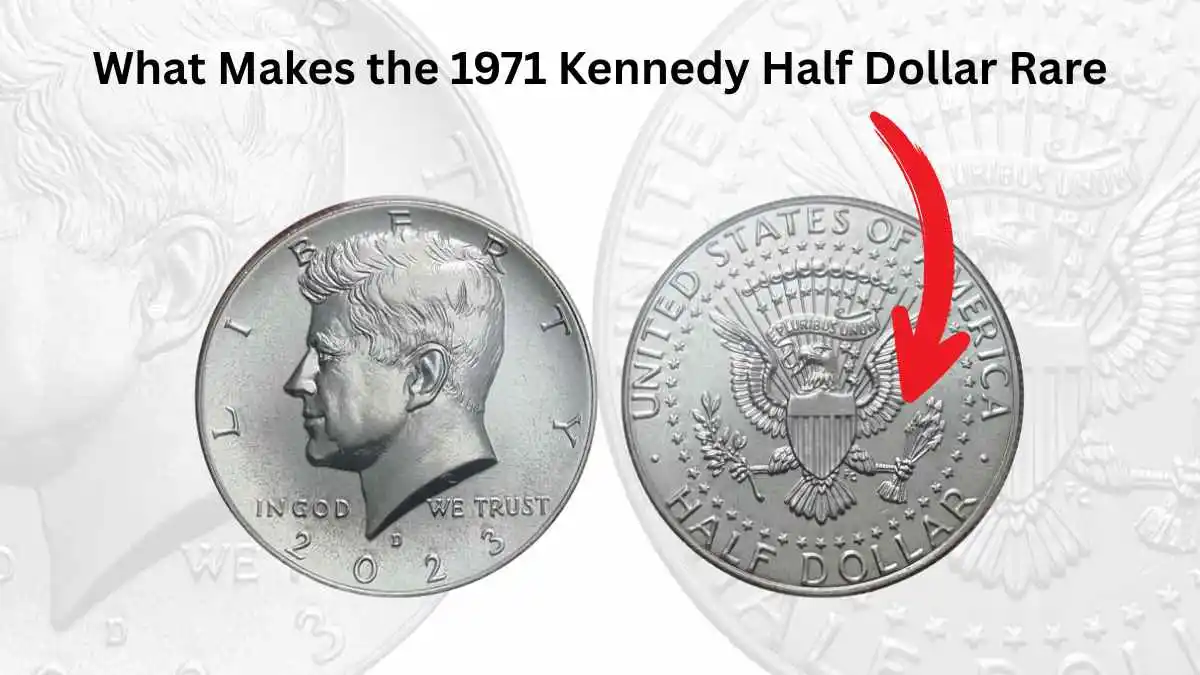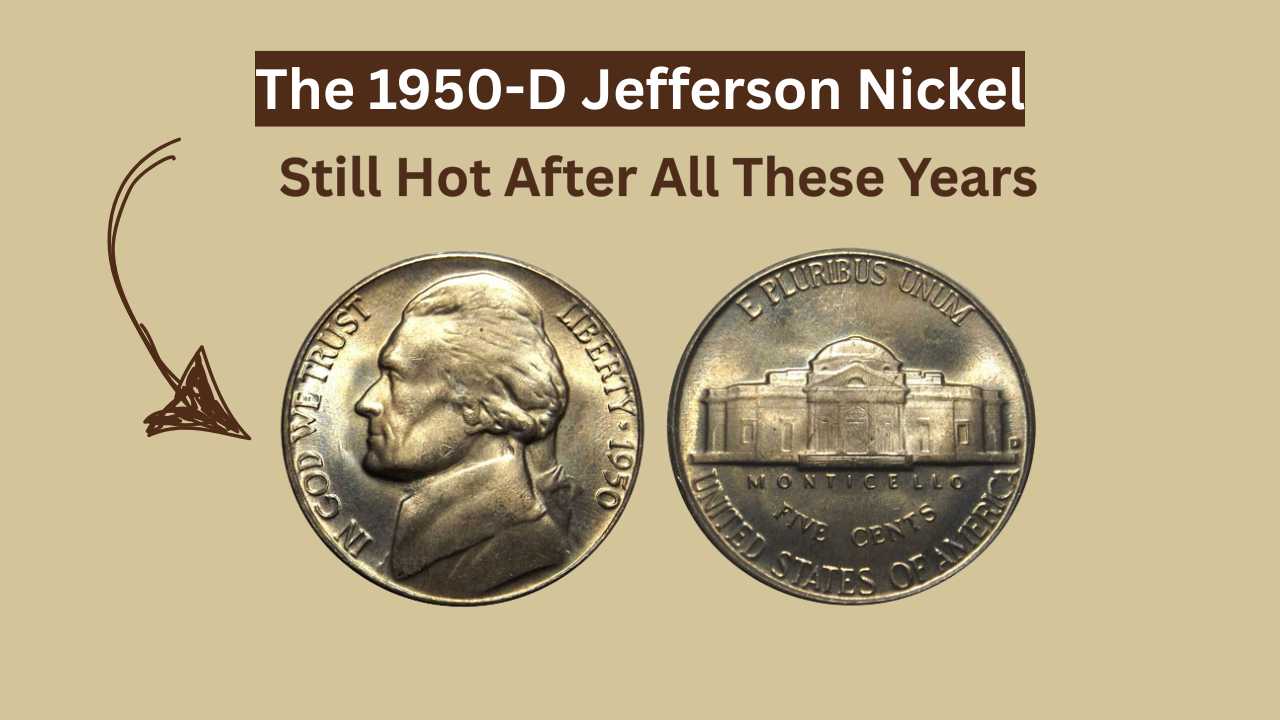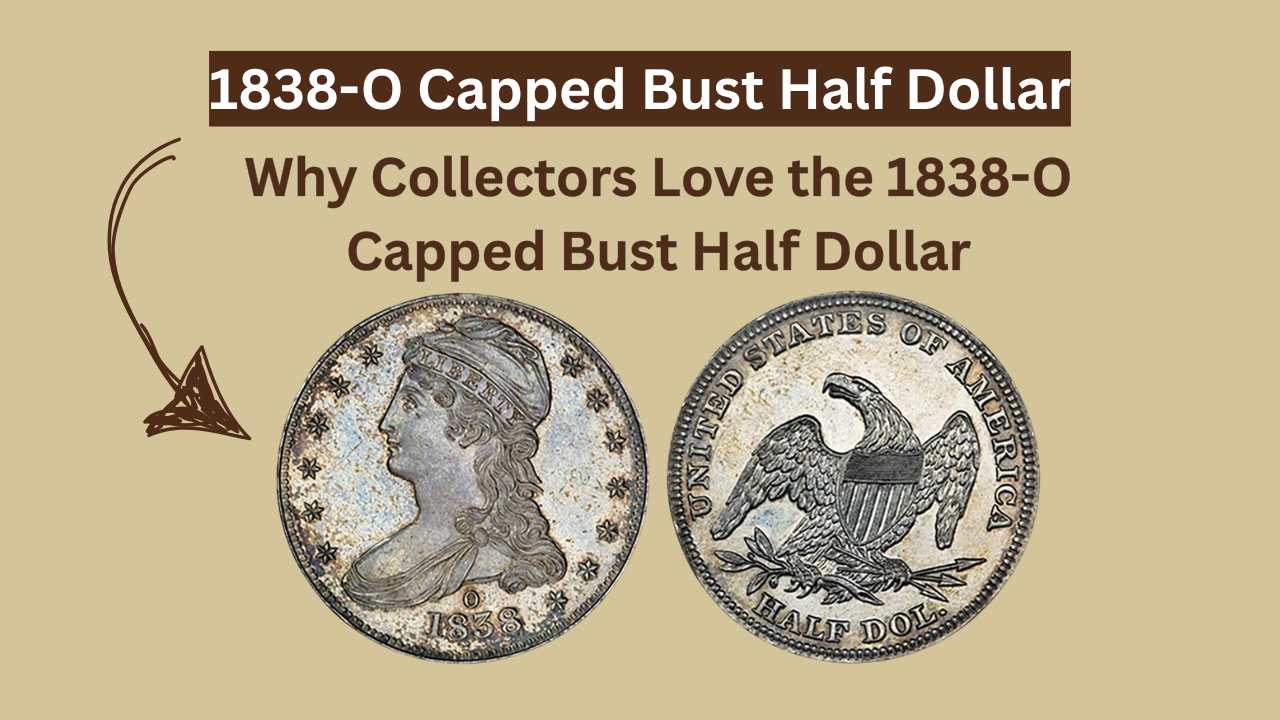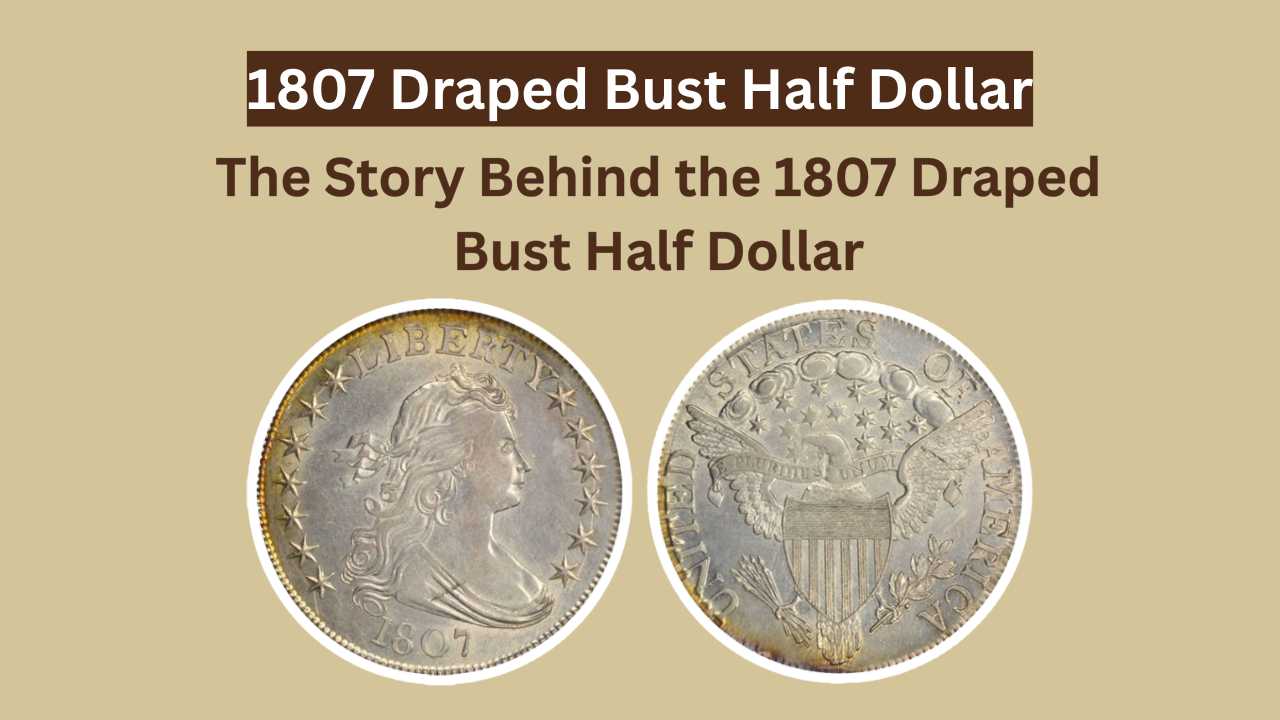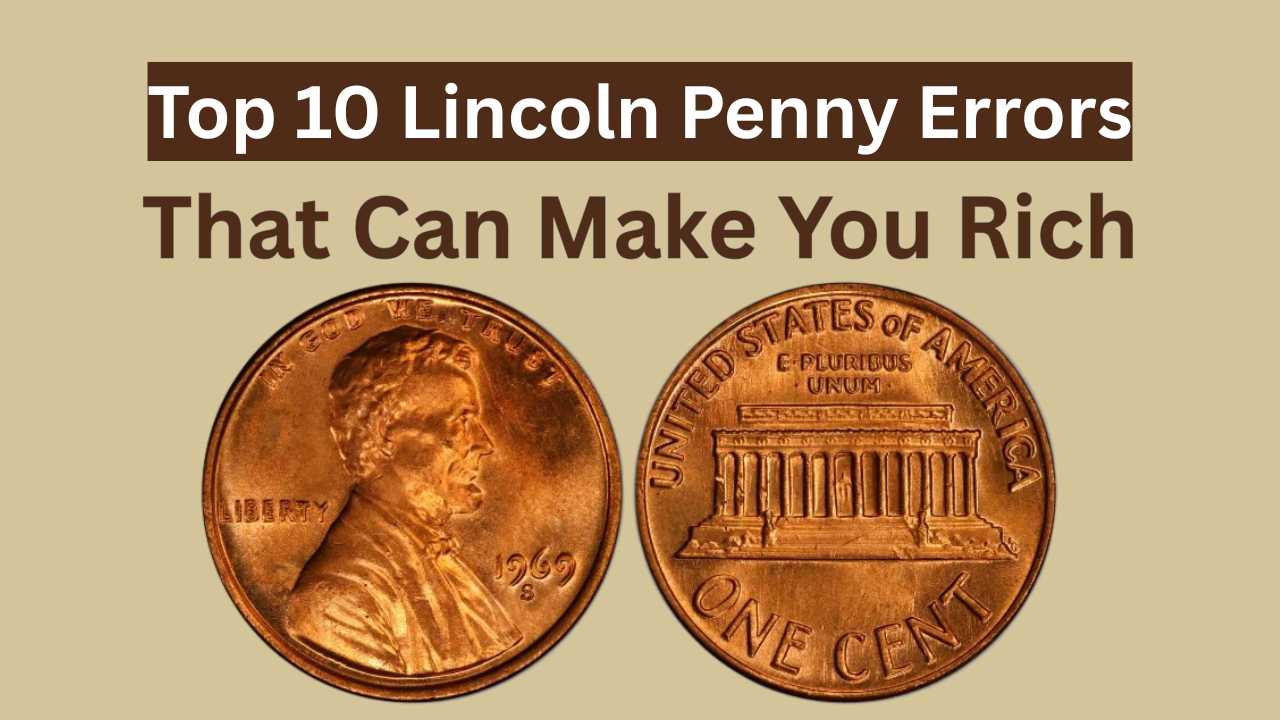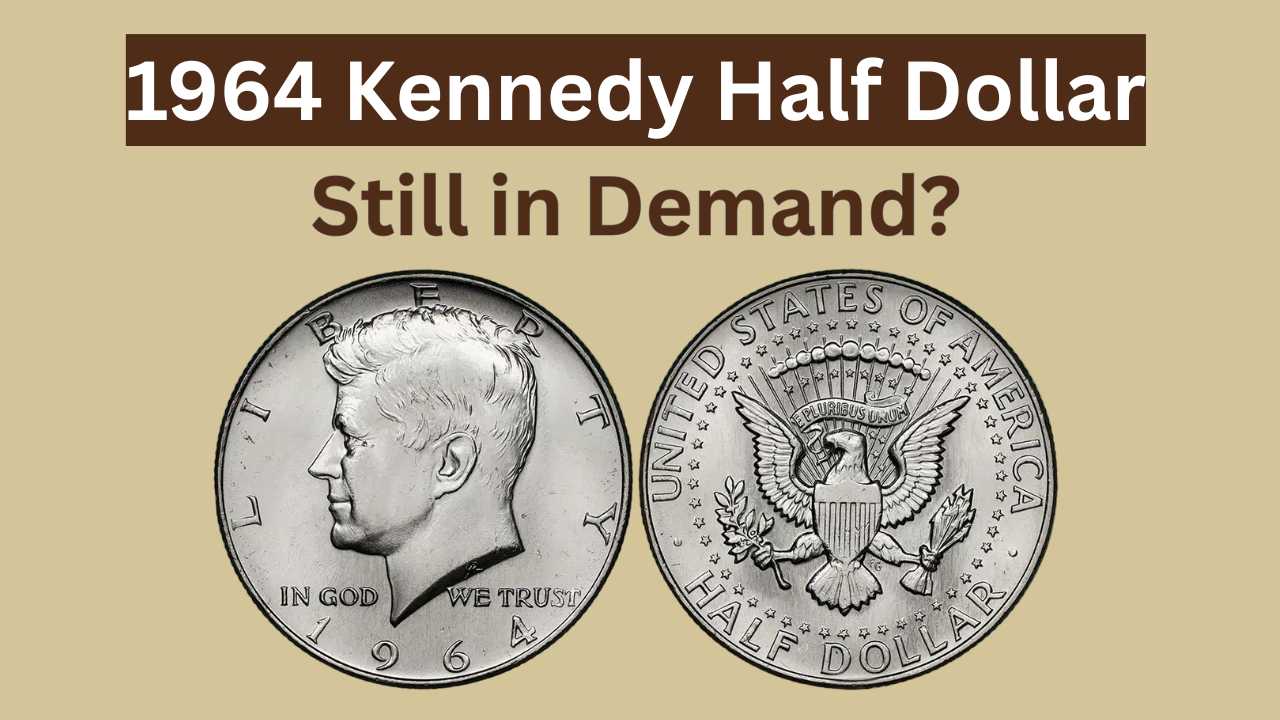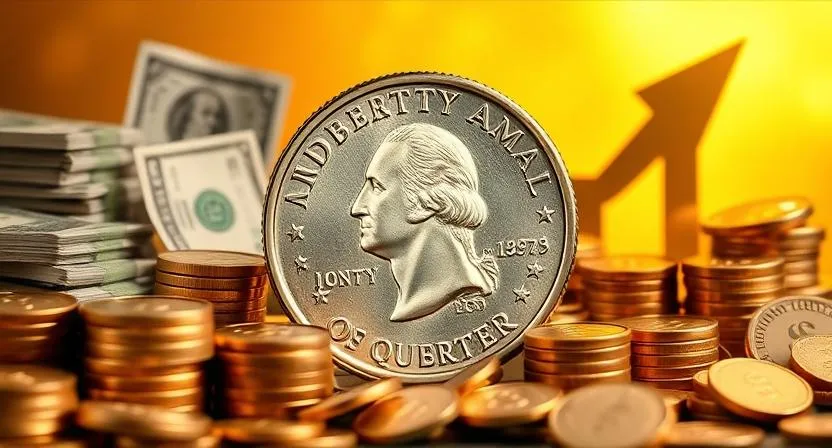
Have you ever thought that a simple quarter in your pocket could be hiding a small fortune? Believe it or not, some 1976 Bicentennial Quarters are now being valued at up to $32 million! These special coins, originally made to celebrate America’s 200th birthday, have become unexpected treasures for collectors. Let’s explore why these coins are turning heads—and how you might spot one yourself.
A Quick Look at Bicentennial Quarters
In 1976, the U.S. Mint released a special edition of the 25-cent coin to honor the 200th anniversary of American independence. These Bicentennial Quarters were different from regular ones. While the front side (obverse) still featured George Washington, the back side (reverse) had a brand-new design: a Colonial drummer surrounded by 13 stars representing the original colonies. The dual date “1776-1976” was also added to show its historical importance.
This was the first time in U.S. history that such a major design change was made to the quarter for a public event.
What Makes These Quarters So Special?
Not all Bicentennial Quarters are rare or valuable. Most are still worth just 25 cents. But a few rare types have become extremely valuable—sometimes selling for thousands or even millions of dollars at auctions. Here’s why:
1. Mint Mark & Where They Were Made
Check the tiny letter on your coin:
No letter (Philadelphia Mint) – very common
“D” (Denver Mint) – also common
“S” (San Francisco Mint) – rare & valuable (especially proof coins with a shiny, mirror-like finish)
Coins from the San Francisco Mint are often part of collector sets and were not widely circulated, making them much harder to find in everyday change.
2. Condition Matters a Lot
A worn-out coin won’t bring much value. But a coin in perfect condition (called “mint state” or MS-65 or higher) can be worth thousands. Coins graded MS-70 (flawless) are extremely rare and are the most valuable.
Professional grading by services like NGC or PCGS adds credibility and increases a coin’s value.
3. Errors & Unique Varieties
Coins with minting errors are especially rare—and valuable. Watch for:
Double Die Errors (doubled letters or numbers)
Off-Center Strikes
Missing elements
These mistakes make the coin one-of-a-kind. In some cases, such coins have sold for over $30 million at special auctions!
Real Examples: Auctions and Headlines
Some collectors have hit the jackpot by selling rare Bicentennial Quarters for eye-popping prices. For example:
A proof coin with a rare strike error recently sold for over $20,000
A doubled die variety in pristine condition fetched more than $150,000
And the legend of a $32 million Bicentennial Quarter continues to spark excitement and curiosity online
Want to Invest in Bicentennial Quarters? Here’s How
If this article got you excited to check your coin jar, here are some quick tips:
✅ Do Research: Learn about mint marks, coin errors, and grading standards
✅ Use a Magnifier: Look closely at every detail
✅ Work with Professionals: Reputable coin dealers can help you identify rare coins
✅ Consider Grading: If your coin looks unusual or perfect, get it graded by PCGS or NGC
Final Thoughts: History in Your Hands
The Bicentennial Quarter is more than just a coin. It’s a piece of American history, art, and potential fortune. While most are still worth face value, a few rare ones can change your financial future. With just a little effort and curiosity, you might discover a hidden gem right in your pocket.
So next time you receive change at a store, take a closer look. Who knows? You might be holding a $32 million treasure.
Disclaimer: This article is for informational purposes only and is not financial advice. Coin values depend on many factors including rarity, condition, and market trends. Always consult a professional numismatist before making investment decisions.

